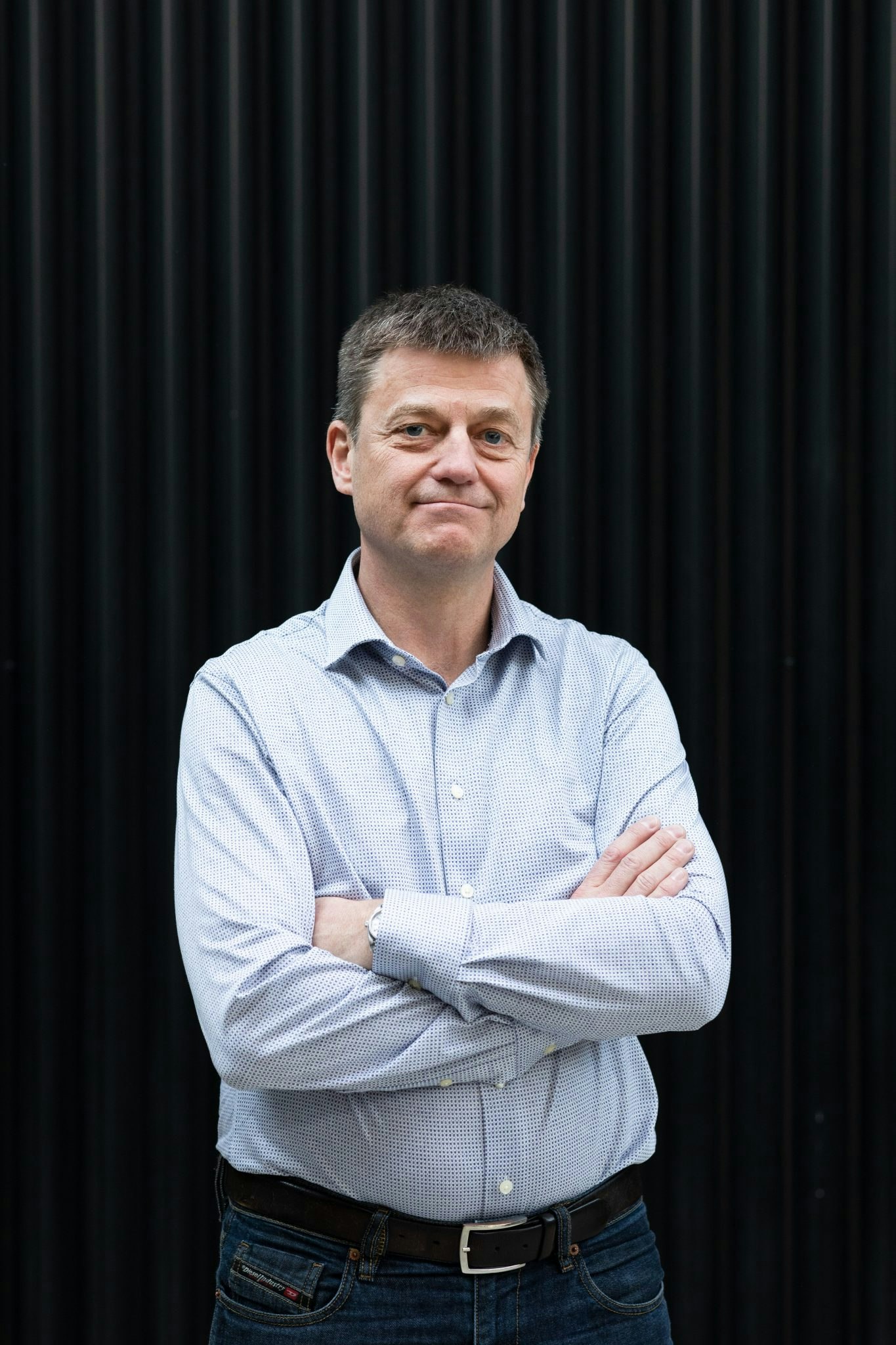Climeworks, a Swiss startup, has raised a $650m round — the largest investment ever into a carbon removal startup.
The round was led by Partners Group and GIC alongside a long list of other investors, including Baillie Gifford, M&G and Swiss Re. It brings the total Climeworks has raised to over $800m.
Climeworks is based in Switzerland but its direct air capture and storage plant, known as Orca, is in Iceland. Orca launched in September 2021 and is the largest carbon removal device in the world.
The investment announcement comes a day after the IPCC released its latest report, which stressed the urgent need for both nature-based and tech-enabled carbon removal if the world is to stay within 1.5°C of heating.
“If global temperature temporarily overshoots 1.5°C, carbon dioxide removal would be required to reduce the atmospheric concentration of CO2 to bring global temperature back down,” the report says.
The report’s lead author Heleen De Coninck said yesterday that current models will need carbon dioxide removal from 2050 onwards.
The carbon dioxide captured by Orca is either stored in the ground or turned into fuels and materials.
It can currently remove around 4,000 tonnes each year. The new investment will be used to scale that figure, building a new plant and aiming to remove over a million tonnes by 2030.
Climate scientists have differing views on the role that carbon dioxide removal can play.
“It’s still expensive, still only at the pilot stage, and there’s still lots of technical and environmental questions, but this is essential technology,” Sam Fankhauser, professor of climate economics and policy at the University of Oxford, told Sifted.
“Most modelled decarbonisation pathways contain a lot of carbon dioxide removal, so it is good to see these technologies emerging.”
Others are sceptical that the tech can be brought to scale in time to have an impact.
“At the moment, I don’t see how they could be brought to scale in the time required to balance the books of our emissions on the one hand, and our obligations from the various climate agreements on the other,” Matthew Menary, climate scientist at the Ecole Normale Supérieure in Paris, said.


